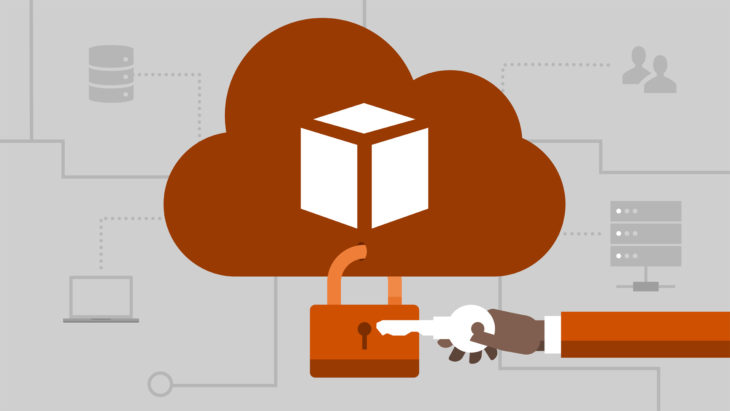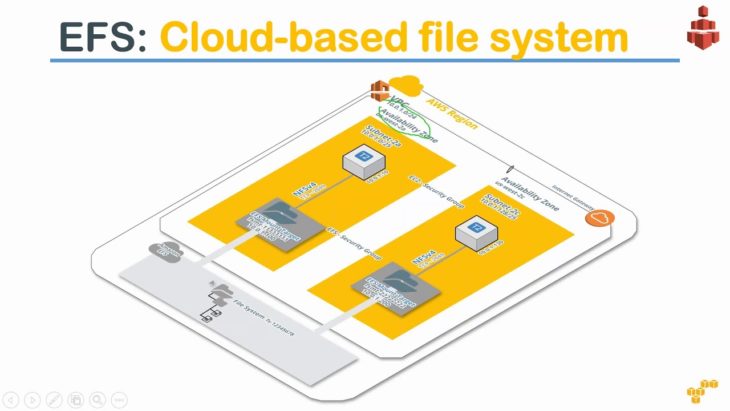In today’s digital age, switching from a conventional data center to a cloud platform totally transforms your organization’s infrastructure and IT system, transfiguring the decision makers into cloud superheroes. A cloud platform helps you to be more quick, versatile and competent and transmutes you into an IT expert with extraordinary capabilities. A cloud superhero may not appear on a movie screen but is no less than a movie superhero.
The adoption of cloud technology can help IT managers to convert an inefficient IT environment into a productive, safe and quick one by the adoption of cloud-based services. After successfully migrating to a cloud platform, your business can benefit from the improved performance and reduced IT expenses. Through the implementation of an effective cloud environment, a cloud manager can become a key member of his organization.
Unlike a conventional data center, where daily tasks were easy and more simpler; in today’s competitive digital environment, a cloud platform requires continuous development and upgrading of services. Cloud service providers such as Amazon Web Services (AWS) are continuously working on improving their products and services. A cloud manager needs to update his organization’s cloud infrastructure through the implementation of new tools and services. Following are some effective ways to make easy improvements to an AWS based cloud environment.
Contents
1. Amazon Elastic Compute Cloud (EC2) instances

Source: Pixabay
Amazon Elastic Compute Cloud (EC2) offers a wide variety of instance types specially designed for different user requirements. Amazon is continuously working to improve its Amazon Elastic Compute Cloud (EC2) instance types for VMs. This helps users to access newer EC2 instance types that are more improved and cost-effective for the users. For example, Amazon Web Services recently introduced M5 and T3 EC2 instance types as a newer version of M4 and T2 instance types.
The process of switching from an older to a new instance type is not a complex or time- taking the process for the users. This continuous upgrading actually helps users to acquire more cost-effective services and improve their cloud infrastructure. A cloud manager can easily improve the organization’s cloud infrastructure through AWS training and help an organization achieve its business goals.
2. Use of ELBs
Elastic Load Balancing (ELB) helps to transfer arriving traffic of applications across various platforms, including Amazon Elastic Compute Cloud (EC2) instances and containers. It can help to maintain a balance between load fluctuations of your application and data traffic across several platforms. ELBs have become quite common and were originally introduced as classic load balancers and later on developed with more advanced versions.
They were designed to work with the EC2-Classic, which was later replaced by Amazon Virtual Private Cloud (Amazon VPC). Migrating to updated versions needs a little extra effort, however, in the end, you will be able to get improved services at a lower cost.
3. Amazon S3 Glacier

Source: Cloud Academy
Amazon S3 Glacier is a safe and cost-effective cloud service for storing and archiving data. Through Amazon S3 Glacier, users can store and archive large volumes of data needed to be kept for longer periods. Amazon S3 Glacier is a popular AWS service that offers a lot of storage space to its users. Apart from Amazon S3 Glacier, there are other storage options available for AWS users as well.
It is important for users to first analyze their storage needs and then select their storage medium. Presently, Amazon offers a number of classes that are specially designed to meet various user needs. S3 One Zone-IA (S3 One Zone-Infrequent Access) is a newly-launched storage class that caters to the needs of such users that require a more cost-effective option for data that is not frequently accessed by the users and does not require the resilience and availability of the S-IA and S3 standard storage classes.
S3 One Zone-IA is specially designed for data that does not need to be frequently accessed such as backup files that are already stored in secondary storage or for data that has been already copied for the purpose of recovery or retrieval of data in a different AWS region.
Another cost-effective storage option available for AWS users is Glacier. It is specially designed for users who require high resiliency and availability but will be working with moderate speeds of data recovery. A glacier is a great option for such users who wish to store and archive their data but do not plan to access it any time soon. With time, when stored data becomes dated, it can be transferred from one storage class to another through making use of lifecycle Policies without having the user make any manual effort.
However, not every option works best for every organization’s business needs. IT staff and cloud managers can get proper IT training from QuickStart Technologies Inc, and can easily gain insight and understand the amount of data they work with and which options will work best for them. This will not only enable the workforce readiness of an organization but will also guarantee the effective use of cloud.
4. Use Of EFS (Elastic File System)

Source: YouTube
Through EFS, Amazon offers its users a highly scalable storage system. Users can access data through Amazon EC2 instances. You can easily build an EFS file storage system and mount it on your Amazon EC2 instance after configuring them. Amazon EFS file storage systems can be used by the users as a primary data source for varied amounts of workloads as well as different applications used on multiple instances.
AWS has also recently launched another storage feature called Provisioned Throughput for Amazon EFS. It helps users to quickly provision the throughput needed for their applications irrespective of the data available in their file storage system. It also helps users to enhance throughput according to the performance requirements of their applications. Through provisioned throughput, user applications with throughput requirements more than the ones offered by EFS’s automatic bursting throughput mode can achieve the needed throughput levels more quickly and easily irrespective of the size of user’s data. Through provisioned throughput, users need to make payments separately against the total amount of storage which was used.
Becoming a cloud superhero is possible by making improvements to AWS. To make the most of these options, it is advisable to gain sound professional training and obtain relevant credentials such as the AWS SysOps certification. To obtain this certification, you have the option of attending AWS training classes to advance your cloud computing skills. You could also review the exam guide for help. Moreover, to make things easy for trainees, there is also an option of taking a mock exam to give a clearer idea about the exams. This will validate your skills to enhance your organization’s cloud infrastructure.
Conclusion
Apart from the examples mentioned above, there many other ways by which AWS users can easily develop and maintain their organization’s cloud infrastructure. To maintain your company’s cloud infrastructure and keep it up to date, it is extremely important that you can use the right tools, services and other resources according to the needs and requirements of your cloud infrastructure.
